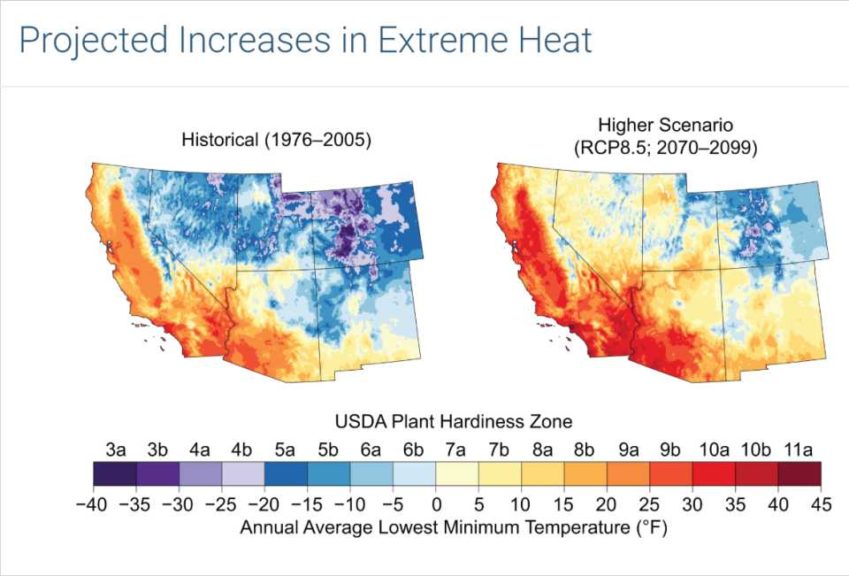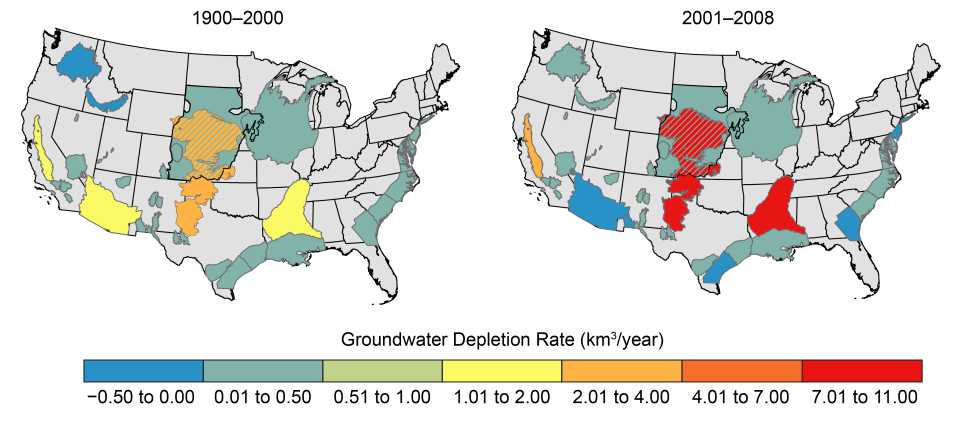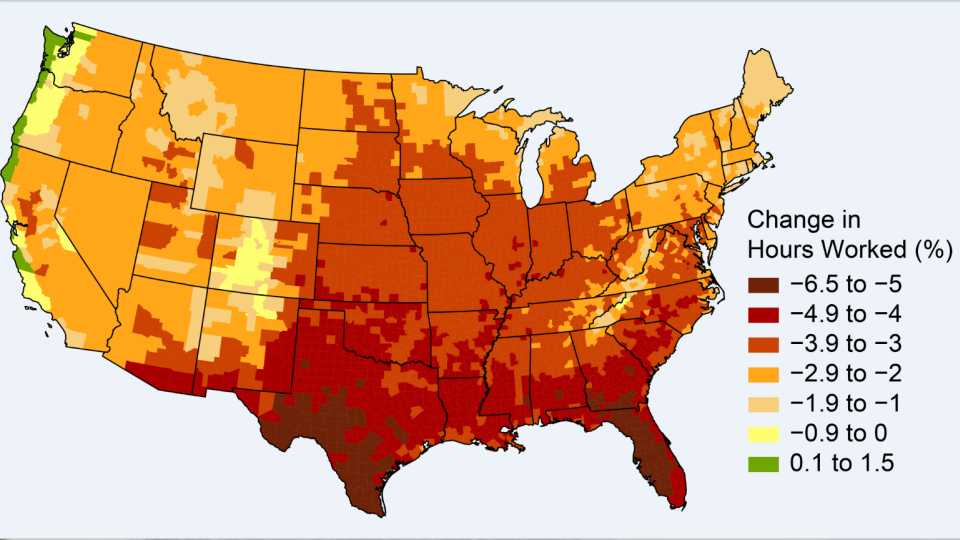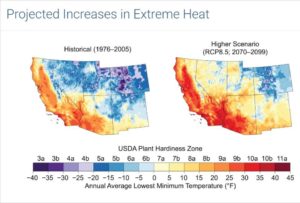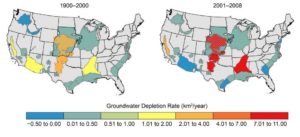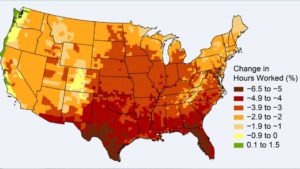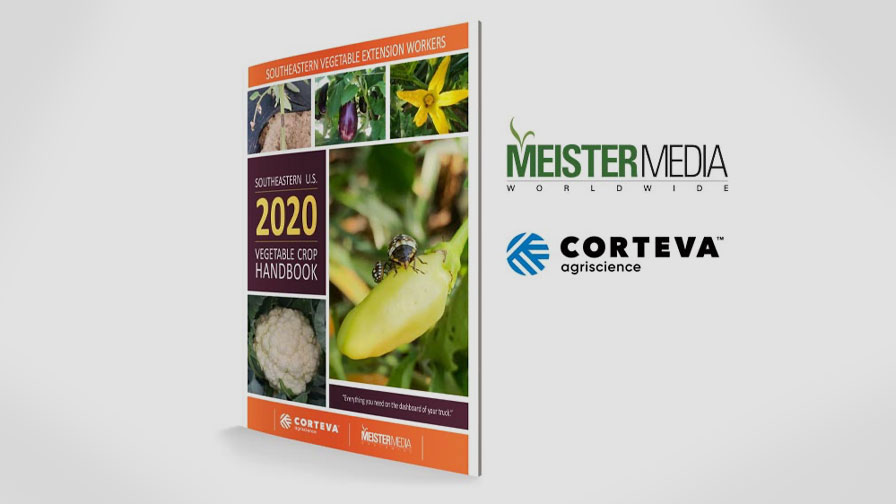Is U.S. Agriculture Being Choked Out by Climate Change?
The recently released Fourth Annual Climate Assessment from the U.S. Global Change Research Program does not paint a rosy picture, especially when it comes to the future of farm productivity. The comprehensive report, a collaborative, 1,600-page piece sourced from more than a dozen government agencies and 300+ authors, focuses on climate change and its impacts in the U.S. Chapter 10 specifically addresses climate change impacts on agriculture and rural communities. The No. 1 key message of the chapter is “Reduced Agriculture Productivity.”
This key point was summed up in the report as follows: “Food and forage production will decline in regions experiencing increased frequency and duration of drought (high confidence). Shifting precipitation patterns, when associated with high temperatures, will intensify wildfires that reduce forage on rangelands, accelerate the depletion of water supplies for irrigation, and expand the distribution and incidence of pests and diseases for crops and livestock (very likely, high confidence). Modern breeding approaches and the use of novel genes from crop wild relatives are being employed to develop higher-yielding, stress-tolerant crops.”
The report illustrates that yields from major U.S. commodity crops are expected to decline as a consequence of higher temperatures. Similarly, specialty crops and its growers will feel the impact: “Increasing temperatures are also projected to have an impact on specialty crops (fruits, nuts, vegetables, and nursery crops), although the effects will be variable depending on the crops and where they are grown. Additional challenges involve the loss of synchrony of seasonal phenomena (for example, between crops and pollinators). Further, the interactive effects of rising atmospheric CO2 concentrations, elevated temperatures, and changes in other climate factors are expected to enhance weed competitiveness relative to crops, with temperature being a predominant factor.”
The report lists three other key messages in the chapter:
- Degradation of Soil and Water Resources
- Health Challenges to Rural Populations and Livestock
- Vulnerability and Adaptive Capacity of Rural Communities
According to a section on the U.S. Global Change Research Program website, history of the climate assessment can be traced back to a Presidential Initiative in 1989, which was mandated by Congress in the Global Change Research Act of 1990 to develop and coordinate “a comprehensive and integrated United States research program which will assist the nation and the world to understand, assess, predict, and respond to human-induced and natural processes of global change.”
In response to the latest iteration of the climate assessment, President Trump was recently quoted by the Associated Press as saying, “I don’t believe it.”
Scroll the gallery at the top to view a few relevant graphics extracted from the Fourth Annual Climate Assessment.




